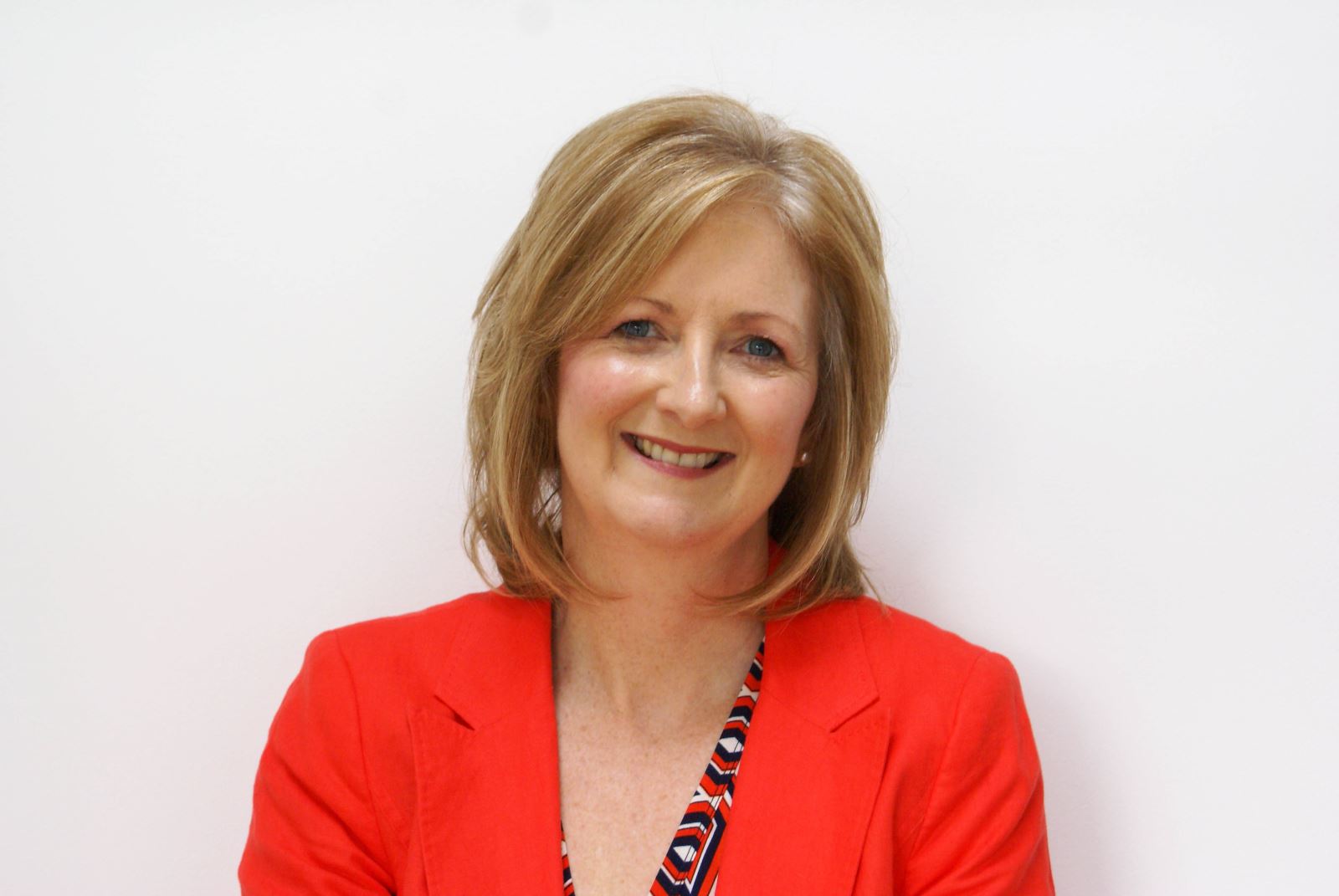Turning hope into action
By Sally Evans

Irrespective of whether you are a busy parent, a team manager, a carer, an executive, there is little doubt that you will have an increasing number of conflicting priorities to deal with. It may feel that there is never enough time for you to do everything you need to do for others, let alone time left for you to do something for you.
It may feel at times like there is little hope.
It may feel at times like nothing is ever going to change.
Well, before you let another task, promise, commitment, objective, or project land on your to-do list, it would be a good idea to have a look at Hope Theory and maybe pop it in your tool bag?
We often use Hope theory in psychology to help us help people become more effective in work, but it’s a tool that can be beneficial in all other aspects of our life too.
Identifying goals and ways to achieve them
Firstly, taking time to pause and identify any goals that you have in life is a crucial starting point.
This can help elevate our willpower and gives us the potential clarity for developing options, or pathways, to achieving our goals. Taking time to do this, allows us to be present and in the moment but it also allows us to see into the future and think about what 'could be’.
Taking quiet time to do this, helps us consider a different future. Helps us see something different from where we are now.
It’s important to focus on what we want, and we will be more likely to ‘approach’ that vision with proactivity. Try not to spend time thinking about what you don’t want. ‘Avoidant’ thinking (thinking about things you want to stop or avoid) could set you back.
Starting to consider how your future could be helps with small steps of progress and can unblock the pathways to achieving different and new results.
What does Hope Theory tell us about our goals?
Research shows us that goals that are generally made up of the following three elements can be helpful to change our future:
1. Our vision: This should be set out and described clearly, with specific measures and a timescale.
2. Willpower: This is our desire to act and our belief that we can achieve something different.
3. Waypower: This is about creating our pathway. How many ways are there of achieving our goal? Having options allows us to cope with any potential barriers or delays to achieving our goal.
How do we turn Hope into Action?
First, set a clear goal or vision.
• It helps to increase our consciousness about our life/work goals – what do we really want out of life/work? What change do we want to make? What do we want more of? These are the same questions whether you are demanding answers from yourself or collaboration in a team.
• Create goals that stretch you just a little bit further than you’ve been before.
• Goals can be grouped in clusters as they are often connected for success: Personal, Professional, Health, Wealth, Relationships?
• Decide your top three goals first and take a small action every day.
• Define what achievement looks like to you and celebrate your progress.
• Be prepared to change how you spend your time and turn off distractions like social media for an hour to create small steps of progress.
Second, generate Willpower.
• Hope can turn to positivity, and willpower can be increased, if we just learn to listen to an inner voice which says that “I can…”, rather than ‘’I can’t’’.
• Plan for possible problems. Take action to reduce that risk happening now.
• Think back to your prior successes and achievements. What made that achievement possible?
• Enjoy the journey. It’s not all about the final destination!
• Most importantly, start by taking good care of your brain because we need to help with our decision-making and self-control. This means good nutrition, resting, moving, drinking lots of water.
Finally, create the Waypower.
• Achieving a new goal may not have a direct route, so think about different pathways to get to each of your goals. More options may come from discussing your goal or vision with someone else.
• Start with the pathway that is most likely to succeed.
• Take the first step, today!
• Your path may get blocked. Look at other options.
• Find someone else who may have already made the journey. Be open to seeking support, help, and advice on your journey.
Finally, one important point.
Ask yourself: ‘Who is the most hopeful person I know?’. Spending time with high hope people is proven to develop goal vision, willpower, and waypower.
Good luck in turning your hope into action!

Sally is the Founder of LifeBuddy.
She is an Organisational Development consultant and is a Practitioner with the Association for Business Psychology.
References: Snyder, C.R. (2000) Handbook of Hope: Theory, Measures and Application. Academic Press